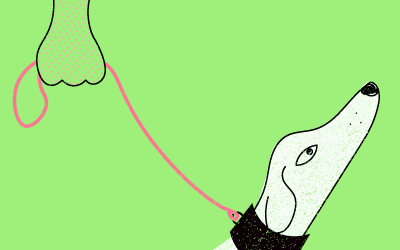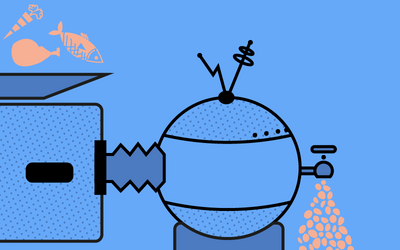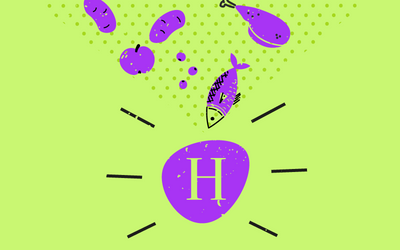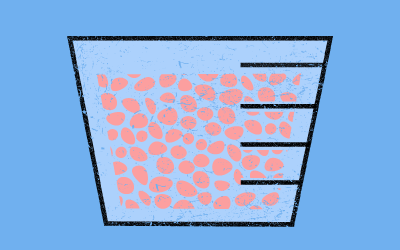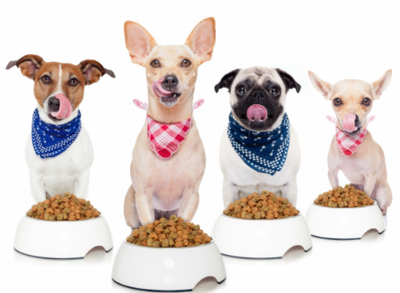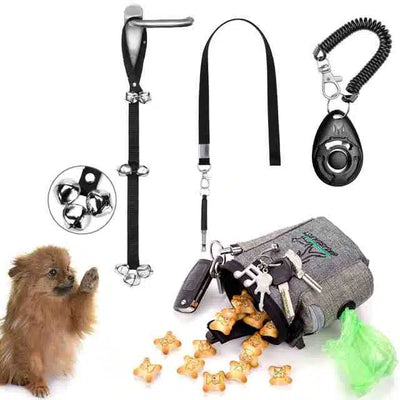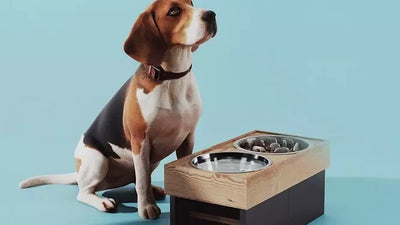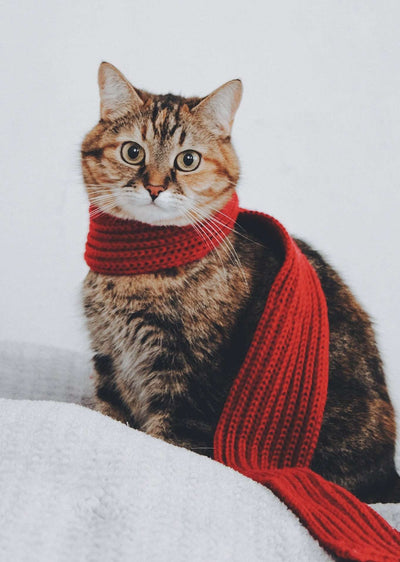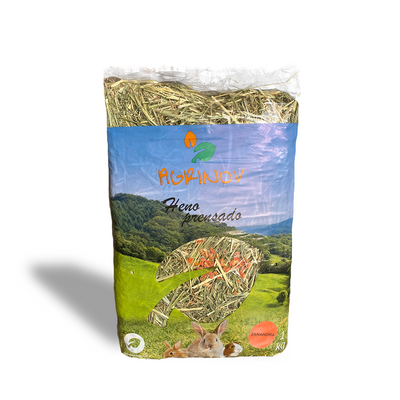In this article we are going to talk about the importance of walking with a loose leash and always under control. We are also going to mention some very common mistakes when going out with our dog on a leash for a walk.
Why should the leash go without tension during the walk?
The leash works as an extension of our arms and with it, we can transmit messages to our dog, often we do it in the wrong way and without realizing it.
A simple example could be when we pass by another dog that scares us and we pull on the leash, even before either dog has reacted.
This reaction has a reactive effect on our dog because what we are transmitting with the pulling of the leash is our fear and stress towards the other dog. Upon perceiving this, our dog adopts a defensive posture to distance itself from the apparent “threat.”
Another example is when we go out and our dog is so excited that he walks all the way and in the end, it seems like he is the one walking us. In this case, although it is not a reaction due to fear, what he is learning on those walks is that to get where he wants, he has to push with all his strength.

Like these, there are many more examples that we can use to represent some of the most common mistakes during the walk. Throughout the post we will tell you how your pet perceives the leash in different situations.
How do I act when my dog meets another dog?
As we mentioned before in the first example, the issue of generating tension in the leash when our dog is interacting with another animal is very delicate, and if done out of time it can cause the opposite reaction to what we are looking for.
The complicated thing at this time is learning to control our emotions so as not to anticipate and be able to read well the behavior of our dog and the other animal. While the dogs are in recognition mode, sniffing and interacting to know the “levels of command” between them, we must ensure that the leash is loose at all times. It is also important to ensure that if they start playing, the leash is loose so that They can move without receiving a pull since it can be interpreted as a correction to the game, which is something that we are ultimately interested in promoting.

Tension in a moment of interaction should arise only when our dog has reactive behavior to attack or scare away the other dog. As soon as our dog reacts, we must make the specific correction with the leash to indicate that we do not want that behavior present.
Outside of this time, all behavior should be positively reinforced as it is leading to a friendly and healthy interaction.
How do I stop my dog from pulling on the leash during a walk?
The next scenario is when our dog is very excited to go out and pulls with all his might to get where he wants. In this case, although at first it may seem harmless, it can cause problems, in addition to being quite uncomfortable, especially if your dog is large.
The main mistake when pulling is to move forward and give him the opportunity to get what he wants by using force with the leash. In this case, working from a puppy at home is very important. The ideal is to stop when our furry friend pulls on the leash and only move forward until he walks at our pace.
At first it may seem frustrating but patience is the key to achieving this exercise, and in reality, achieving a calm and balanced start will set you the tone to achieve much more in the rest of the training.

Get the dog used to the leash and collar before the first walk
The third case that we are talking about is actually a much more common error than it seems and that is that, when we have a month-old puppy, which we cannot take out on the street due to the lack of its vaccines, we leave it at home in an environment constant and we forget to introduce him to the leash, the collar and we even forget to present some of the stimuli that he will face when going out for the first time.
For this, it is very important that you combine the act of putting on the necklace with a game or prize. Avoid playing with the leash since it is a tool and not a toy.
To introduce him to some stimuli that he will see on his first walk, you can take him out for a moment in his carrier, without having to let him go or bring him close to other dogs. Simply so that you can see and hear the daily movement of the area you are going to walk through when you have all your vaccinations.

Collars, harnesses and other ride accessories
As you can see, walking on a leash requires prior work and patience to be able to walk calmly down the street.
An important part to be able to work on everything we have said before is the strap itself, as well as the elements we use to hold it.
Each type of strap has its use and purpose so it is important that you choose the right one for your situation.

Extendable leashes are ideal for walking with dogs already accustomed to walking on a leash or for those who are learning, but are either very small or do not pull as hard and can be stopped with little effort. Long leashes are very useful for dogs that are still learning the limits in which they can play since they can be given a feeling of freedom to play and run within a perimeter that we can control at any time. Short leashes are ideal for older, trained dogs that always go with you when on a leash.
Other accessories to consider
In our article on training collars for dogs we talk in more detail about the main training collars, but here we can mainly mention the fixed nylon collars, and the retractable collars, also made of nylon, as ideal for a walk that is already controlled. to the dog.
If your dog is not yet completely accustomed to going without pulling and you are afraid of wearing a collar because it will hurt him, anti-pull harnesses and normal harnesses are a good option.
Along with the harnesses, another very useful element, especially for the smallest furry dogs, are the anti-bite vests for dogs , which in addition to protecting them from other dogs, will give you much more peace of mind when you have to work on interaction with other dogs. .
This has been all for today, if you have any questions you can contact us and we will be happy to respond =D See you in the next post!


